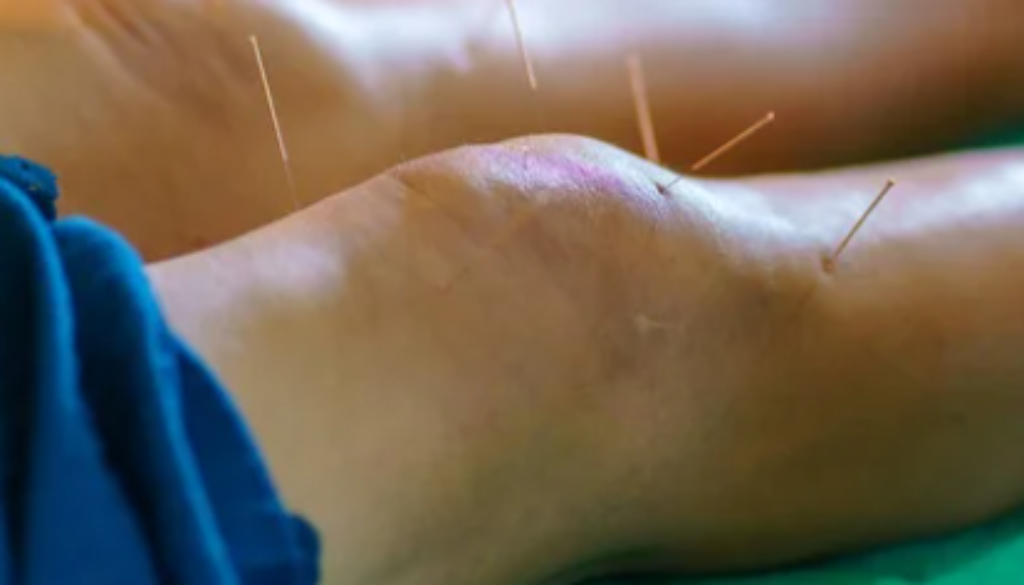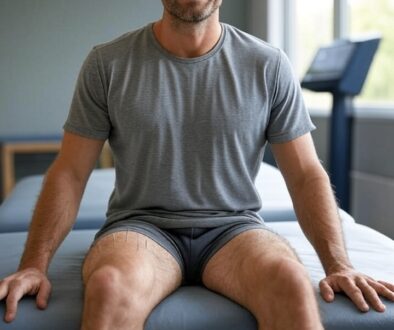Loosen Up Those Tight Knees
Wondering if dry needle therapy can help with those painful and tight knees? I started dry needling for the United States Air Force in 2009, and since then I’ve helped thousands of patients speed their return to activity using dry needling as a quick and easy way to decrease muscle tension and restore function.
Dry needling is a form of physical therapy that involves the insertion of thin needles into the skin and underlying tissues to alleviate pain, improve muscle function and promote healing. When it comes to overuse injuries, chronic pain, and even recovering from surgery, dry needling can be an effective treatment option to help reduce inflammation, improve mobility and alleviate pain.
One of the main ways that dry needling can help with knee pain is by addressing trigger points, or areas of muscle tension that can cause pain and discomfort. When a needle is inserted into a trigger point, such as the quadriceps, hamstrings, or even the IT Band, it causes a micro-trauma to the muscle tissue, which in turn triggers a healing response. This can lead to a reduction in muscle tension and pain, as well as an improvement in muscle function.
Another way that dry needling can help with knee pain is by promoting blood flow to the area. When a needle is inserted into the skin and underlying tissues, it creates a small injury, which then triggers the body’s inflammatory response. This leads to an increase in blood flow to the area, which can help to bring oxygen and nutrients to the affected tissues, promoting healing and reducing inflammation.
Dry needling can also help to improve joint mobility and flexibility by releasing muscle tension and reducing pain. When muscles are tight and in pain, they tend to become less flexible and less mobile. This can lead to a loss of range of motion and an increased risk of injury. By reducing muscle tension and pain, dry needling can help to improve joint mobility and reduce the risk of injury.
In addition to these benefits, dry needling can also help to reduce nerve pain associated with knee pain. When a needle is inserted into the skin and underlying tissues, it can stimulate the nerve fibers, leading to a reduction in pain signals being sent to the brain. This can help to alleviate pain and improve overall function.
As with any medical intervention, it is important to note that dry needling is not recommended for all patients. For example, if you are pregnant, have a bleeding disorder, or have a history of allergies to metal, it is important to consult with your doctor of physical therapy before undergoing dry needling.
Can dry needle therapy help with your knee pain? Absolutely. I have helped countless people using this simple and effective dry needle technique since arriving here in Colorado Springs in 2017. If you’re wondering how dry needle therapy can become a part of your personalized, holistic rehabilitation plan of care, please reach out with any questions you have. I look forward to speaking with you.
Fortis es,
Dr. Scott A. Jones, PT
Movement Performance Coach
Are you tired of the cycle of frustration, and ready to get back to your activities?




